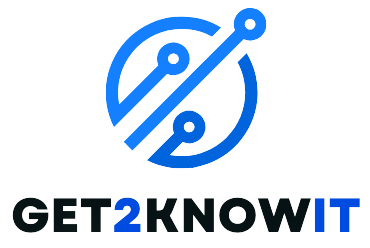The term “Common Array Manager” refers to software that Sun Microsystems (now Oracle) created for controlling their Sun Storage disk arrays. This program allowed administrators to set up storage, check health and functioning of disks, and resolve problems with the stored data.
Even though CAM could have been a popular tool in its time, we need to remember that Sun Microsystems was bought by Oracle back in 2010. There might be more modern storage management solutions available depending on your specific needs.
What can CAM do for you?
The Common Array Manager was a key tool used to handle Sun Storage disk arrays. It gave power to administrators by allowing them to configure storage through making logical volumes and RAID sets for good data arrangement. The CAM also gave the ability for real-time tracking of disk health, performance and capacity that helps in doing maintenance before problems happen.
When problems occurred, CAM provided diagnostic tools for identifying and solving storage issues. In certain arrays that were compatible with it, CAM also helped in managing firmware to keep the storage infrastructure current.
Installation and Setup
Flexibility was provided by the Common Array Manager. It could be set up on widely-used operating systems like Solaris and Linux. The management of it could be local, done directly on the server that is linked to the storage. Or, it could be remote which means you can control it from a different machine.
The process of installation usually included software that was given on CD or files which were downloaded. At last, the first setup required setting site and array details. This basically introduced CAM into the storage environment it would handle.
Working with CAM
Common Array Manager considered various user preferences by including a Graphical User Interface (GUI) and a Command Line Interface (CLI). The GUI gave users a visual design that made it simple to move around through menus and choices. Meanwhile, the CLI provided a way for knowledgeable users to use commands, enabling faster completion of regular duties.
These responsibilities might involve establishing logical volumes to store data in an orderly manner, arranging RAID setups for both redundancy and enhanced performance, as well as overseeing the monitoring of performance statistics to maintain top-level storage health.
Advanced Features of Common Array Manager
Aside from simple management, Common Array Manager provided more intricate features for control. Managers could produce users and allot certain authorizations, making sure that only permitted staff had entry to storage setups.
Moreover, it was possible to establish alerts and notices in CAM so as to deal with forthcoming problems ahead of time such as lack of disk space or decline in performance. Automation with CAM was useful for repetitive tasks, as it employed scripts to make storage management more efficient and save IT resources.
Monitoring and Alerting
One of the main tasks for the Common Array Manager was to watch over storage health. It monitored important measurements such as disk temperature, how much space is being used up, and performance indicators. People who manage this system could set limits for these measurements. If values went beyond what’s acceptable, it would cause warnings and messages to be sent out about the situation.
This forward-thinking method made it possible to spot potential problems at an early stage. When troubles happened, CAM gave diagnostic instruments for finding the main reason. Whether it was about reduced performance or disks that were not working anymore, CAM allowed storage administrators to handle and fix typical issues in a proactive manner.
Security Considerations with CAM
Common Array Manager also took security into account. With user authentication and access control, only personnel with permission could handle storage configurations. This protects from unauthorized entry and possible loss of data. Common Array Manager might have also backed up secure communication protocols. This could have encoded the data going between the management interface and storage array, providing an extra level of protection to keep sensitive storage details safe.
CAM and Modern Storage Solutions
The question of CAM’s relevance is brought up by the acquisition of Sun Microsystems in 2010, as Oracle might have access to more modern storage management solutions. While CAM may have been a dependable tool at its era, it could be that there are better and more recent choices now. New tools could provide enhanced functionality, compatibility with present IT setup and maybe even handling in the cloud. Exploring these modern alternatives could provide a more streamlined and up-to-date storage management experience.
Alternatives to CAM for Sun Storage Arrays
Sun Microsystems is currently part of Oracle. Because of this, we need to think about their current storage management offerings. They might have created more advanced tools for managing Sun storage arrays. Also, there’s a big world of third-party storage management tools available with varied features and functionalities. The choice of tool relies on what you want to achieve.
The Common Array Manager, which was a useful tool for managing Sun Storage disk arrays in its time, provided functions like configuration, monitoring and problem solving. It could also handle firmware management duties. But as the realm of storage is always changing, it becomes important to look at new storage management solutions.




